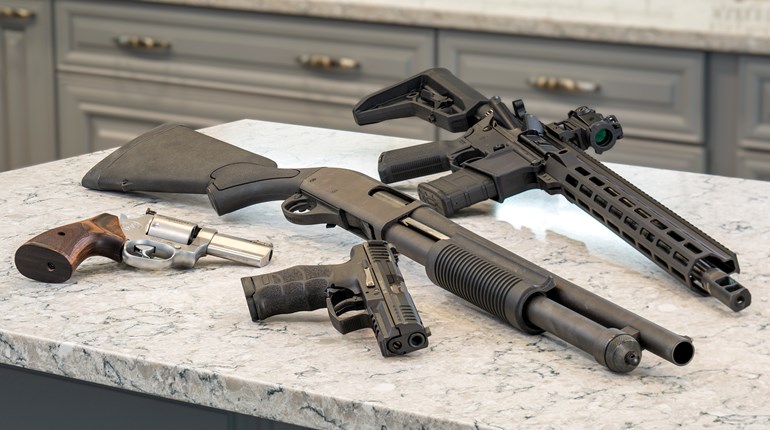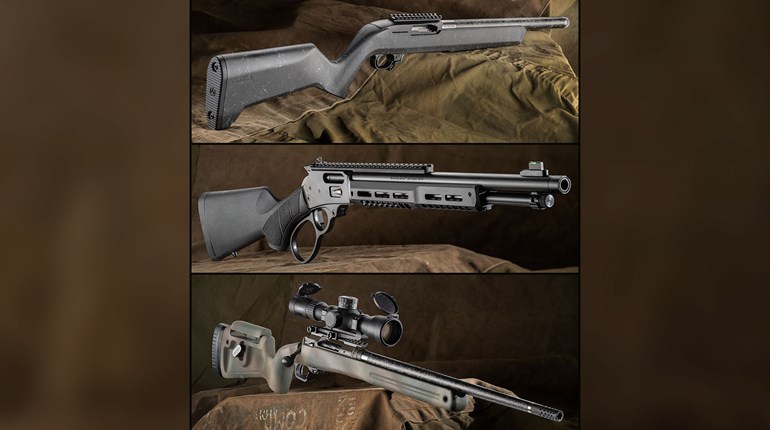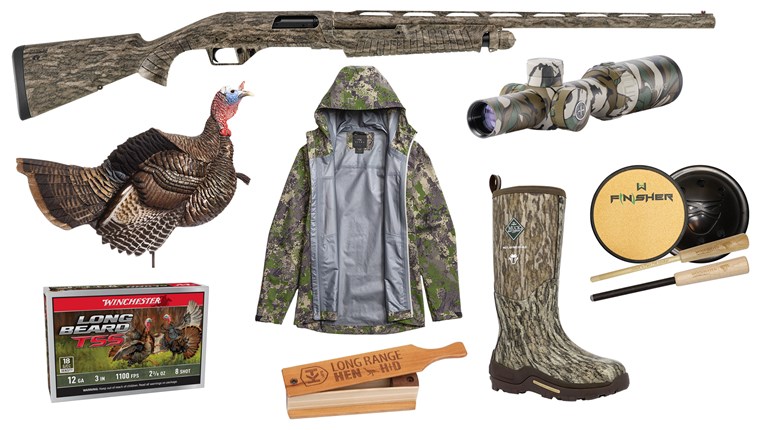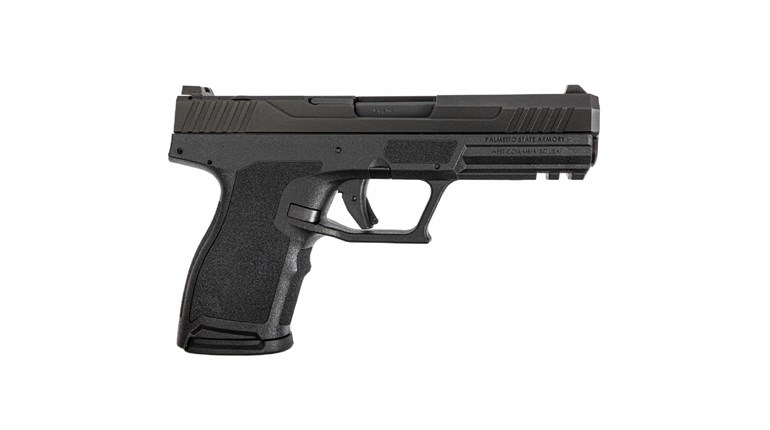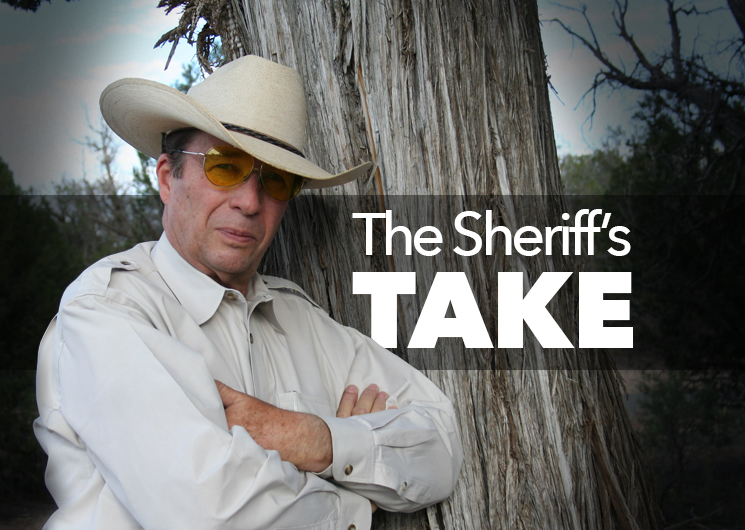
My friend Bill was the elected sheriff of a rural county along the Rio Grande, in southwest Texas. He usually wore a cartridge belt and a Smith & Wesson .357 Mag. on his right hip. On the particular day that he was asked to check out a stranger who was camped in a rancher's pasture, Bill must not have been expecting trouble. Instead of his gunbelt, he just picked up a small semi-automatic and stuck it in his waistband, crossdraw-style.
As Bill approached, the stranger spun to face him and started blazing away with a .38 Spl. revolver. Bill was hit in the chest and the thigh. And he went to the ground clawing at his right hip for the gun that wasn't there.
Just to finish the tale, Bill survived his wounds. And, many months later, the suspect was caught and imprisoned. Years later, the suspect was released from prison and chose to return to the same area. Legend has it that he was shot and killed there. Quien sabe (who knows)?
Due to seasonal changes, wardrobe changes, and many other reasons, we often carry different defensive handguns. And we often carry them in different locations on our body. We may go from strong-side hip carry of a large pistol to pocket carry of a small pistol. Fanny packs, ankle holsters and shoulder rigs may all be put into play depending upon the way we are dressed and our various needs at the time.
On the surface, there is not much wrong with this scenario as long as we take the time to do a few presentations from the location that we are carrying on a particular day. Col. Jeff Cooper nearly always carried on his right hip, but he still took the time to do a few pistol presentations after he had dressed each day.
You see, there is really no such thing as muscle memory. The brain is the memory repository. A few presentations each morning deposits that important information in your memory bank. Of course, these practice drills must be performed with an unloaded pistol for obvious reasons.
When trouble strikes, we don't need to be fumbling around trying to locate our defensive handgun. We need the brain to tell our hands and muscles, "The gun is there. Get it now."
My sheriff friend learned the lesson the hard way, and readily admitted his mistake. Hopefully, the rest of us can learn from that mistake and not go down in a blaze of gunfire reaching for the gun that isn't there.













